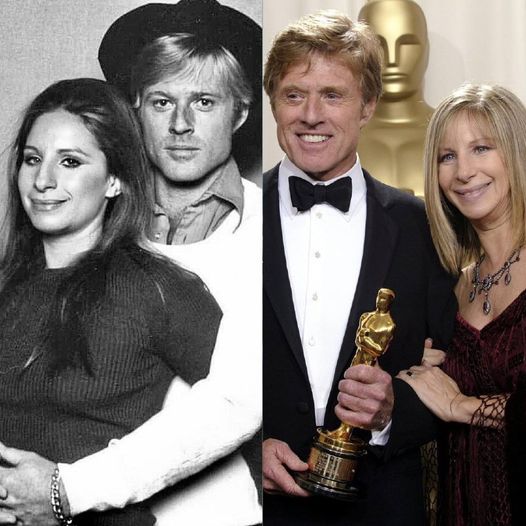Robert Hofler’s book, ‘The Way They Were: How Epic Battles and Bruised Egos Brought a Classic Hollywood Love Story to the Screen,’ unveils intriguing behind-the-scenes details from the making of “The Way We Were.”
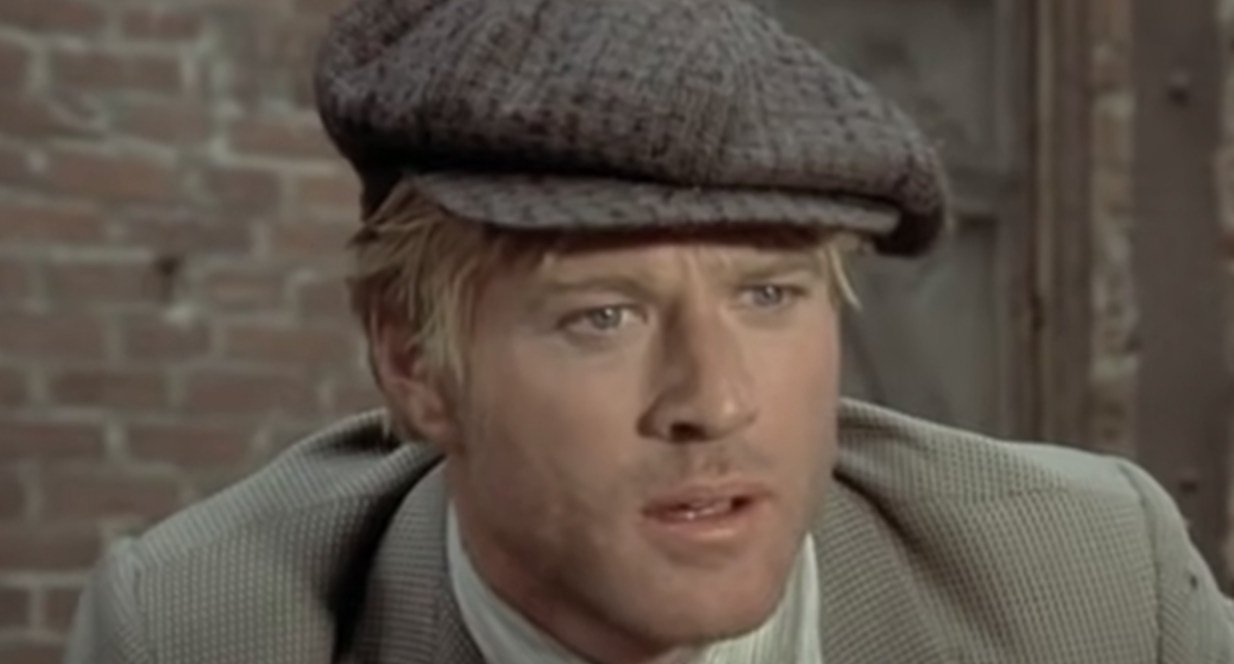
Among the revelations, the author shares a noteworthy claim about a potential crush between two of the film’s stars.
Producer Ray Stark faced challenges while shooting the first sex scene featuring Robert Redford and Barabara Streisand. Surprisingly, the scene, expected to be brief, took two days to complete.
To commemorate the 50th anniversary of the film’s release, Hofler published a book delving into the tumultuous making of the 1973 classic: “The Way They Were: How Epic Battles and Bruised Egos Brought a Classic Hollywood Love Story to the Screen.”
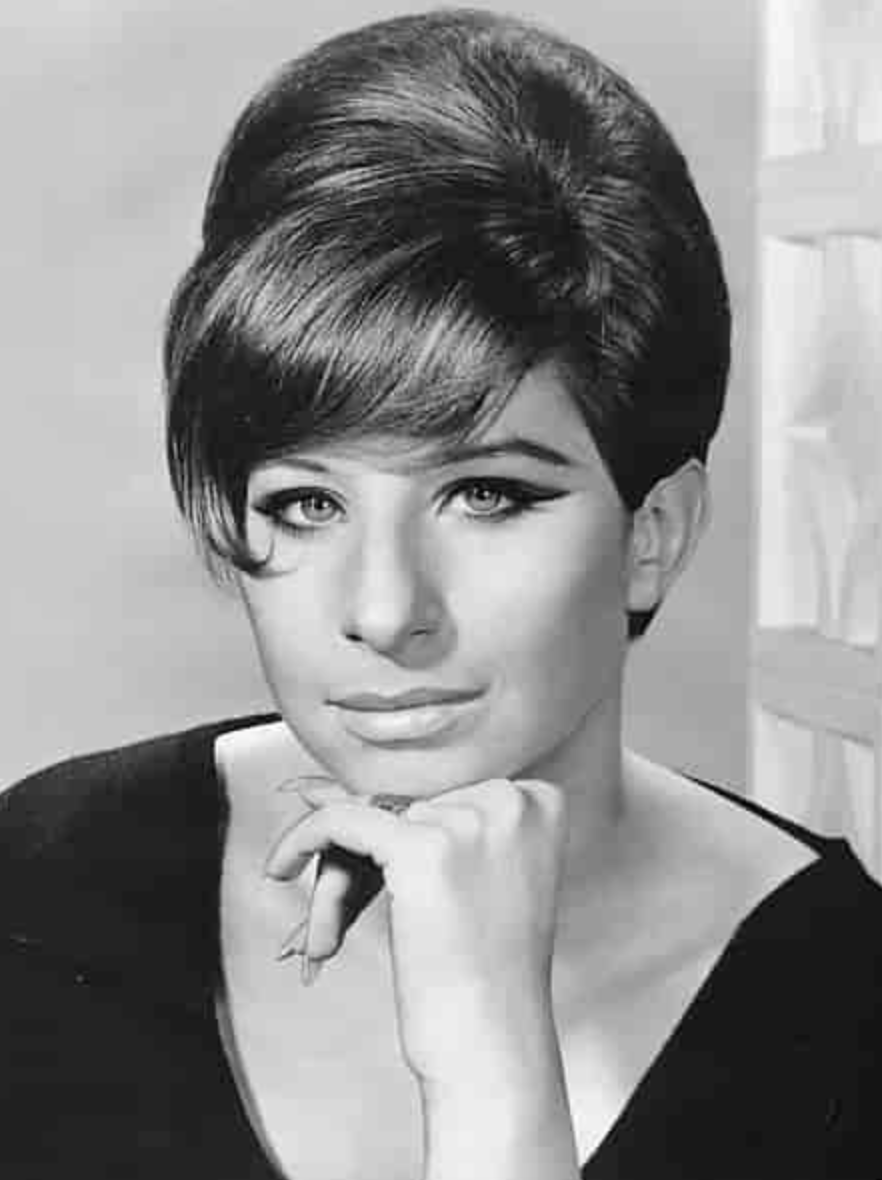
Hofler’s exploration uncovers the film’s chaotic production, including a challenging cast, a convoluted plot, numerous delays and rewrites, on-set tensions, and Ms. Streisand’s demanding nature.
The book suggests that Streisand’s repeated takes during a love scene might have had a hidden motive. Hofler claims that she was “infatuated” and “mesmerized” by Robert Redford, referring to her affectionate feelings for him.
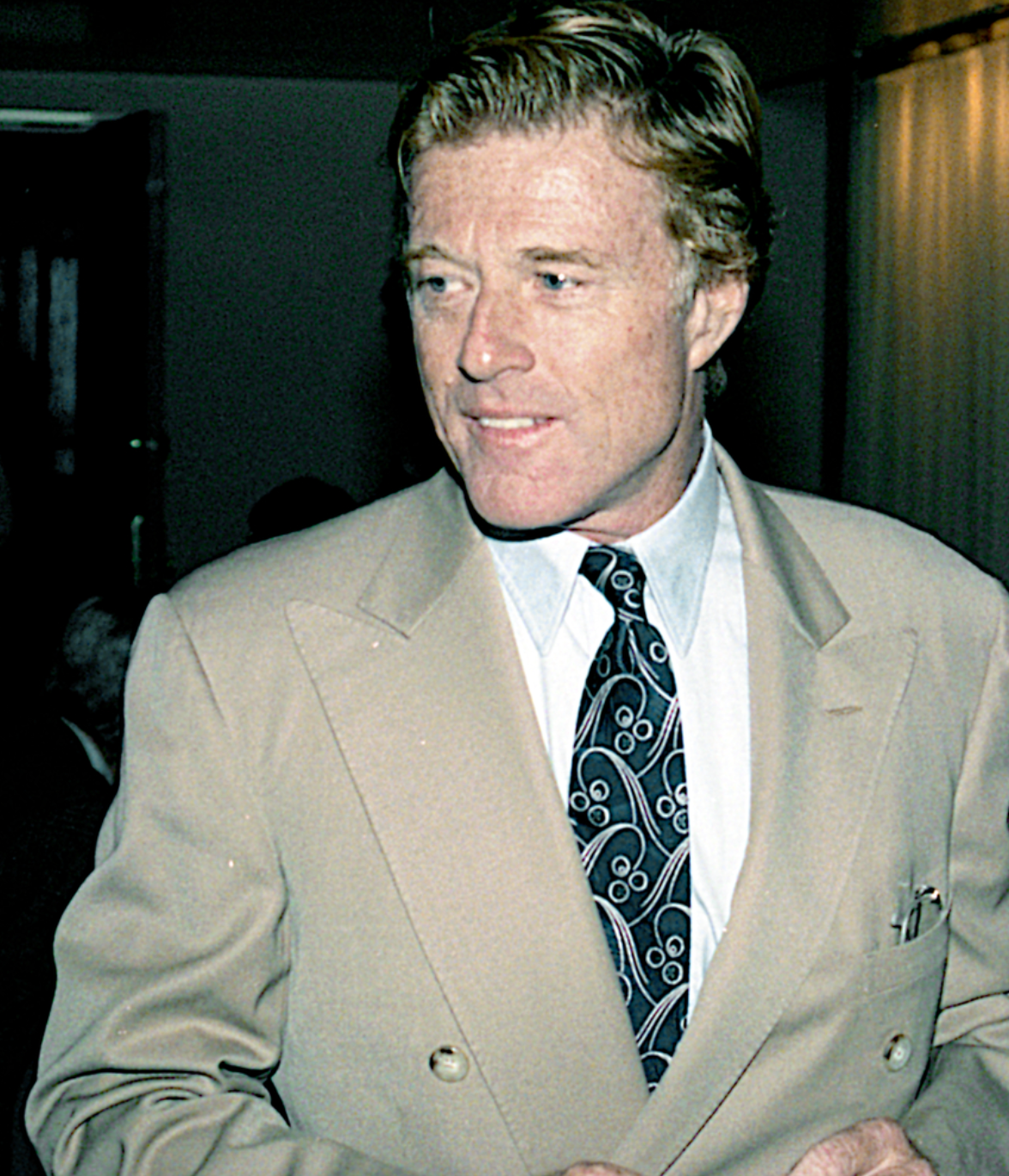
Various sources on set, including director Sydney Pollack and writer Arthur Laurents, indicated that Streisand had a crush on Redford. This sentiment was reportedly obvious to everyone, with other actresses like Meryl Streep also admitting to having crushes on Redford.
Despite Redford being a happily married man with four kids at the time, rumors hinted at potential affairs involving Streisand.

Redford, known for his professionalism, refrained from engaging in anything scandalous. However, the prolonged retakes during the love scene between Redford and Streisand hinted at Streisand’s romantic interest.
Redford, wearing “two athletic supporters,” and Streisand, donning a bikini, participated in the scene. According to Hofler, Redford used the supporters for intimacy reasons, not for protection from Streisand.
The book sheds light on the challenges faced during the film’s production, including Redford’s reservations about working with Streisand, who was known for her meticulous involvement in the project.
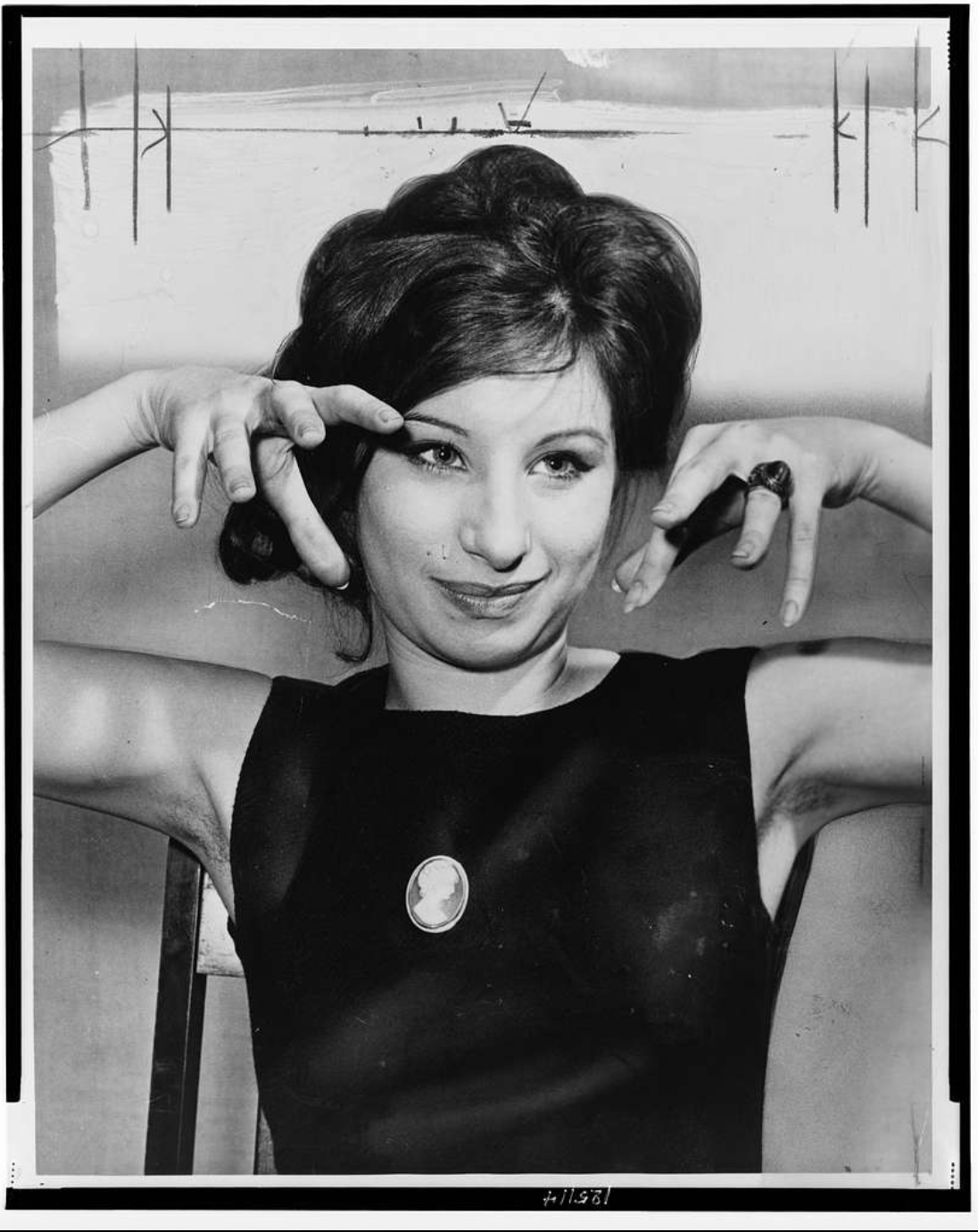
Redford’s objections also extended to certain lines in the script, such as a refusal to say, “It will be better this time,” in a love scene. The actor was concerned about the perception of his abilities in bed.
As the filming progressed, tensions arose between Redford and Streisand, with Redford fearing Streisand’s potential dominance over the film’s direction. Pollack, the director, found himself exhausted by the demanding production, marked by undeniable chemistry between the two stars.

Streisand’s frequent calls to Pollack, discussing daily events and plans, added to the on-set dynamics. Redford was initially reluctant to work with Streisand, questioning her dramatic acting abilities and fearing a shift toward a Barbra Streisand musical.
Hofler’s book offers an insightful and detailed look into the intricate dynamics and challenges faced during the making of this classic Hollywood love story.
